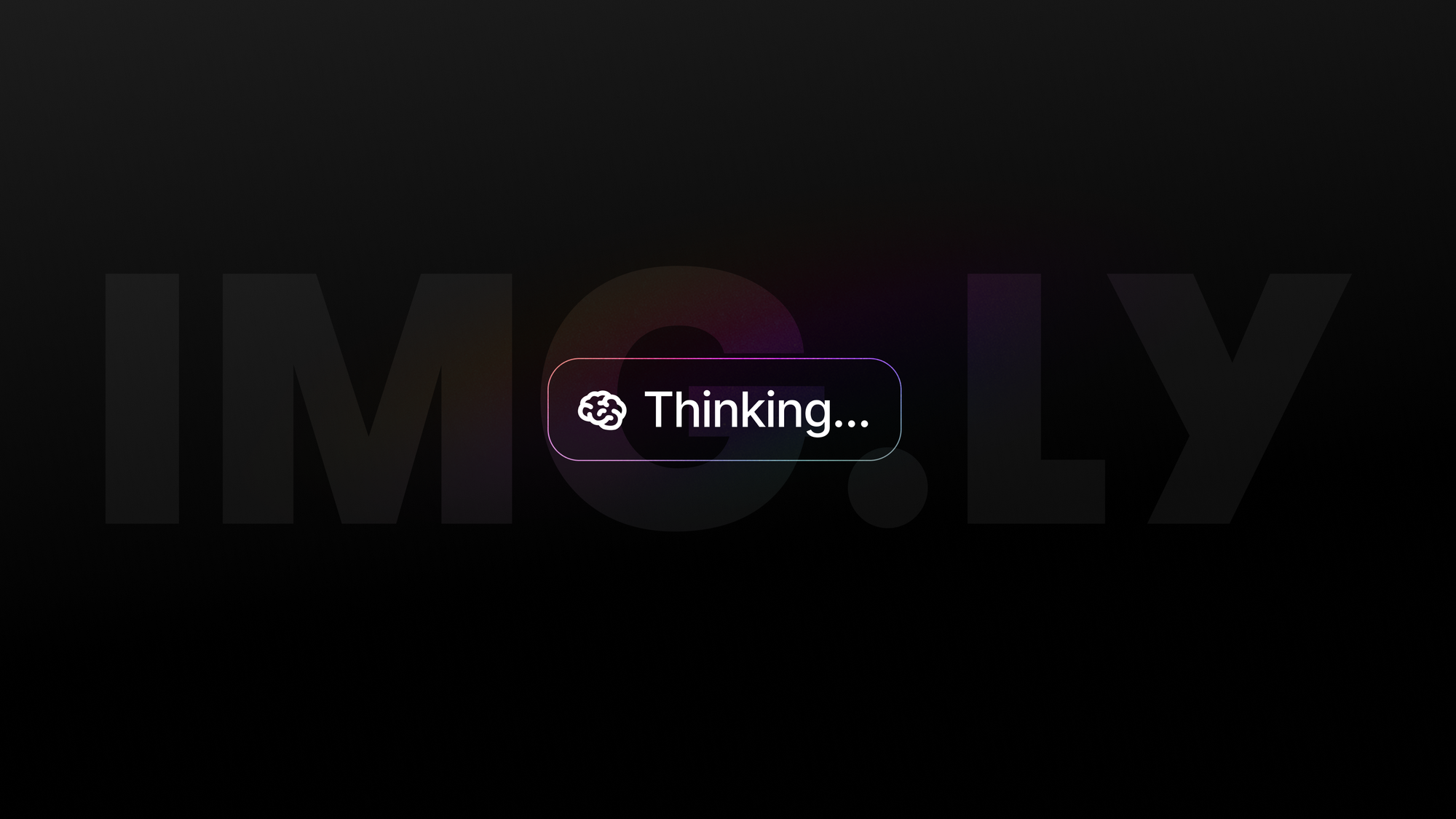When the coronavirus pandemic started spreading in Germany, our team started working from home, weeks before it became mandatory. This step seemed comparatively easy for us, like for many other tech-driven companies.
From the get-go, img.ly has been a company of digital natives, and as such we are used to digital tools for day to day work. Everyone already worked with laptops instead of desktop computers, we used online collaboration tools in the majority of our time, communicated with tools like Slack, and relied on cloud services whenever possible. So when the pandemic hit, we were perfectly equipped to work from home.
As for everyone, there were a few hiccups in the beginning. Many of our teammates missed day-to-day social contact. We all like to chit chat once in a while, enjoy a coffee break in our neighborhood or have lunch together in one of the many local restaurants.
From day one, we added more video calls and played online games to compensate for the missing real-life interactions. We also tried to recreate our office atmosphere by introducing voice channels aside from our other communication channels.
We realized that the newly introduced voice channels were used extensively in the first few weeks but became vacant later on. Instead, people relied on slack or zoom to hop on a call whenever necessary or wrote down problems to discuss with the team asynchronously over time.
After two to four weeks everything seemed to be back at what we would call normal operation. Everyone was back on track and we were making progress towards our goals.
While it is obvious to us that the current situation is pretty special, we realized that it might be a good time to reassess how we work and what defines img.ly.
How can we use the current situation to come out stronger when it’s over?
Somehow it bothered us how everyone talked about things getting back to normal. Obviously, we want our social contacts back, go to restaurants, bars and meet with friends, but what about day-to-day work? Was it better before? Or maybe, does it feel better now?
Work when you work best
Before to this new situation, we always had flexible working hours and relied on everyone making their own decision when to work best. While everyone started at different times during the day, we all came to the office eventually. Working from home was possible but only used as an exception when needed.
The reason was simple: we preferred brief, sometimes spontaneous communication between teams and team members in the office during the day, which made us feel quick in our decision making. Over the years, with a growing team and office space, we sat together to discuss what “our” version of a good working environment was, eventually realizing that there is no one-size-fits-all solution, as everyone has their own needs. That’s why we always thought about different areas in the office that are built to amplify either trivial or deep work. The “virtual office” has similar requirements: We introduced Slack statuses like “Focus work” or “Out for a break” to communicate that they will be getting back later to other teammates if they have any questions. Eventually, everyone seemed to have more control over their own time while being productive, and some are being more productive than before.
Work where you work best
As said, some tensions came up. People were missing real-life contacts, and it seemed that communication between teams could be improved. While the first problem remains a challenge, the latter one got our attention quickly. Before jumping to conclusions, we asked ourselves if this was a new problem, only to realize that it had been there before, just mitigated by the daily run-ins in the office. This resulted in people feeling informed but eventually missing some important details. However, these occasional run-ins in the office didn’t happen anymore, and as such, details would now easily get lost.
Best practice would be to write down all information, record a video, or use other media that can be accessed asynchronously at any time by all team members. However, most saw this as a chore from the management, and as such, it was easily neglected or simply forgotten. Even if the information was written down, it just landed somewhere in our GoogleDrive, Asana, Jira, or some other tool. Principally available for everyone but found and looked at only by some.
But now everyone needs this information as nobody has the occasional run-ins anymore, which creates a general urge to get more information. Instead of lengthy transcripts, people started sharing their results in Slack-channels and updating their daily to-dos in detail. Most importantly, it created awareness and partially converted a chore into something meaningful to the benefit of everyone. However, it is still far from perfect and we will continue to work on that.
Making a temporary state a permanent solution
The taste of increased flexibility in your life and productivity at work leads us to consider making our temporary state a permanent solution.
There are obvious strategic advantages for a tech company: The talent pool increases with a radically increased search radius. Also, we need less office space, a huge pain point we had recently.
Still, there is a yin to the yang, and nothing comes on a silver platter. We now have to filter our talent pool for people that bring the right mindset in terms of expertise, structure, and seniority for remote work. Believe it or not, there are not so many left when applying such filters.
We have to heavily invest in bringing our people together on a very regular basis because we are still a people business, and in-person interactions were key to our company's success. We know about the perks of being an office-first company. According to Andreas Klinger, “Head of Remote” at AngelList, remote work is great for iterations, while in-person meetings foster innovation. We can see that. It’s all solvable with the right process and mindset, but it’s important to be diligent about this.
Thankfully, this topic has already been extensively covered with conferences, articles, and pioneer companies such as GitLab, Basecamp, and PSPDFKit. I can always recommend them as a reference when you start thinking about becoming a remote company. Of course, it’s easier when you’re a remote company from day one – nevertheless, we are convinced that this change is an opportunity for us to grow and thrive. So in the end, we made the best of the pandemic.








